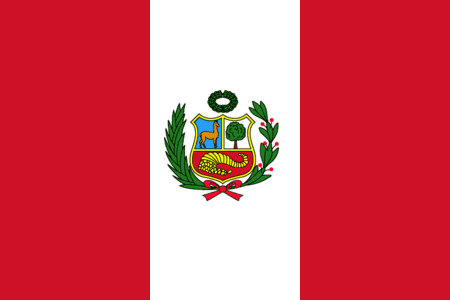Categories:
Countries
Tags:
legality
, ayahuasca
, map
, Peru
Contact
For inquiries regarding the utilization of ethnobotanicals, or in case you are experiencing an adverse situation or difficulty integrating and experience, please read this page. For inquiries regarding legal support , please read this page.
- We don’t offer sessions of ayahuasca or iboga.
- We don’t recommend centers or people who perform/do sessions.

